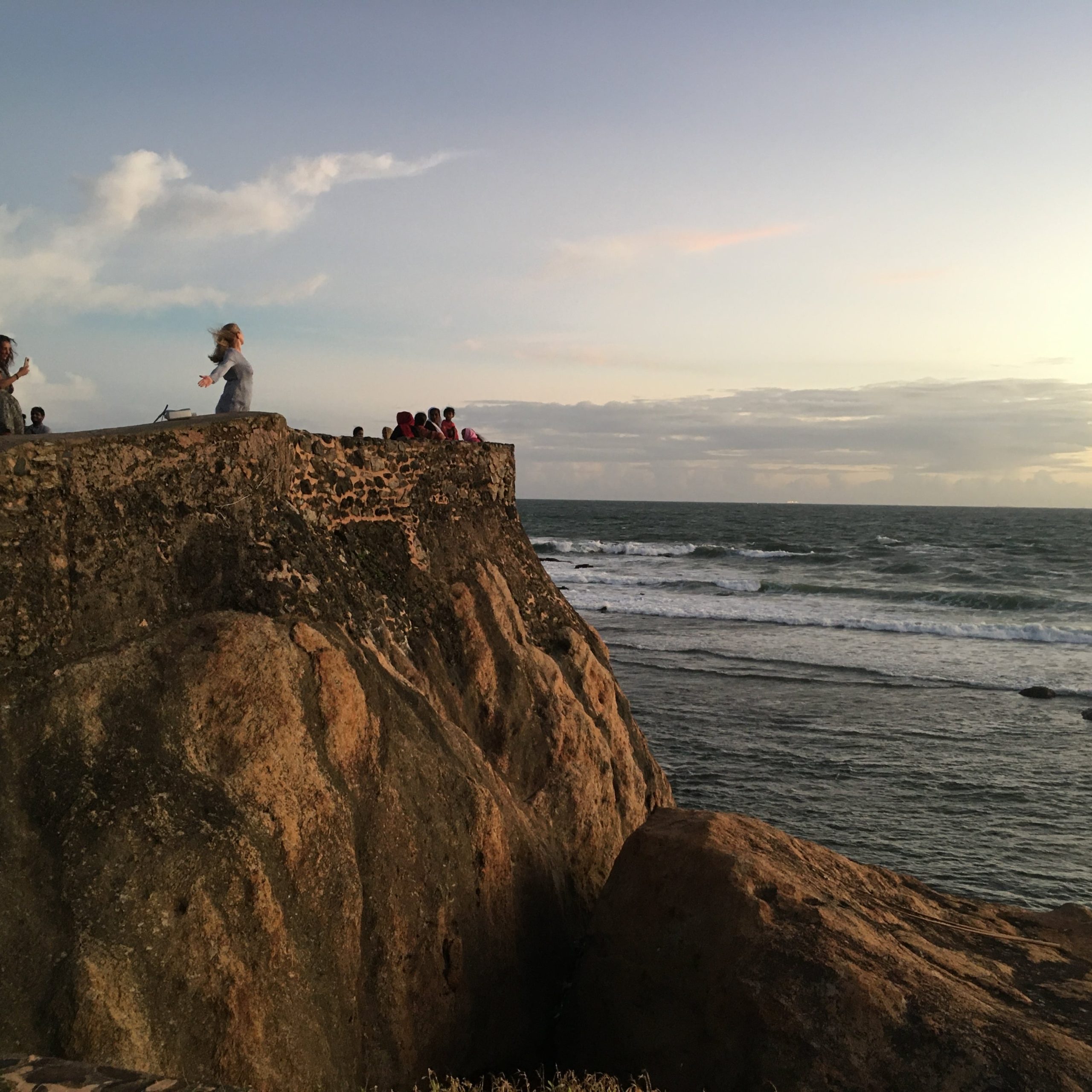Your cart is currently empty!
The Galle Fort, a UNESCO World Heritage Site, stands on the southwest coast of Sri Lanka. Originally built by the Portuguese in 1588 and later fortified by the Dutch in the 17th century, this colonial fort has retained its appearance and cultural significance for over 400 years1.
Now, let’s focus on the Flag Rock Bastion:
Origin Story:
- The Flag Rock is situated at the southernmost tip of the Galle Fort.
- During the Dutch era, this bastion served as a signal station for ships approaching Galle port.
- The name “Flag Rock” comes from its historical use: Dutch sailors would wave flags from this bastion to warn incoming ships of the dangerous rocks lurking beneath the water’s surface.
- Before the construction of the Galle Lighthouse, when visibility was poor, muskets would fire from nearby Pigeon Island to serve the same purpose.
Present-Day Experience:
- Sunset Spot: Flag Rock is now one of the most popular locations for visitors to catch the sunset from Galle Fort.
- Scenic Views: To the west, you’ll see the Galle Lighthouse rising from the Utrecht Bastion. On the east side, historic landmarks like the Triton and Neptune Bastions add to the charm.
- Street Food and Cafes: Street food vendors sell spiced fruit to sunset-watchers, and cafes along Rampart Street offer great views.
- Cliff Jumping: During the day, daring locals leap into the waters below from the rocky cliffs of Flag Rock.
Remember, Flag Rock is not only a bastion but also a witness to centuries of maritime history and breathtaking sunsets. 🌅🏰🚢


Leave a Reply